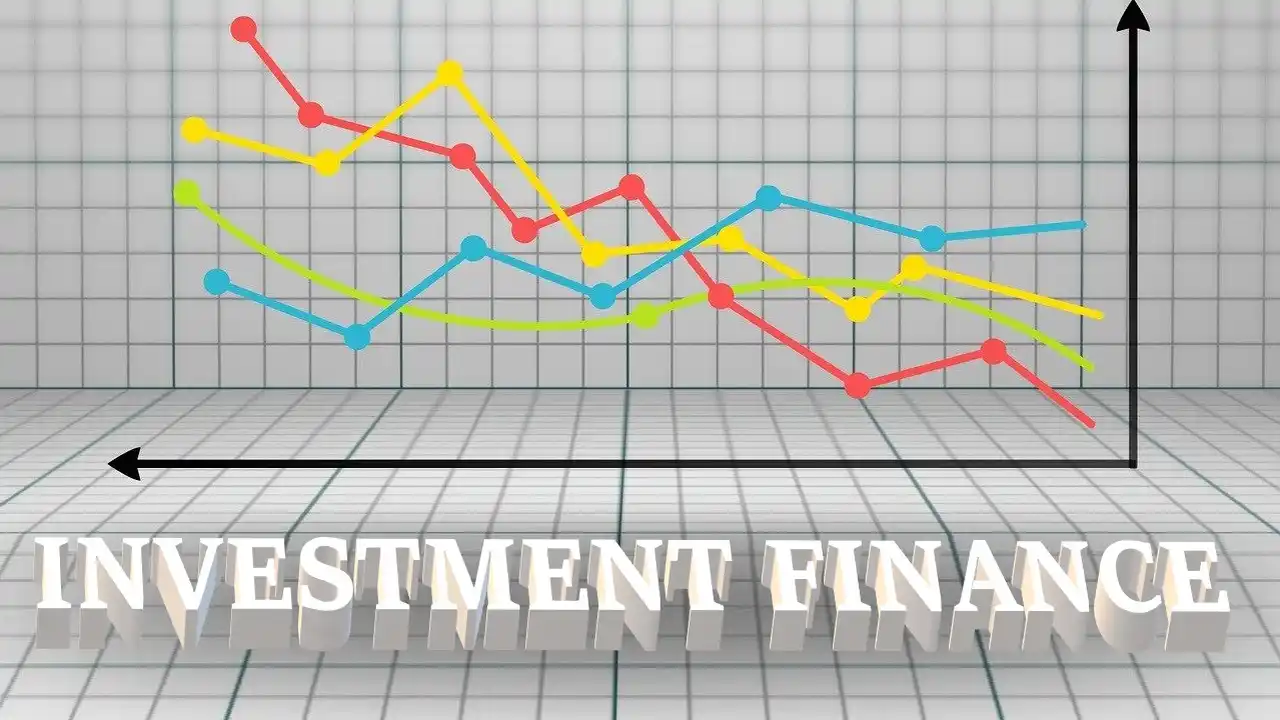Private payrolls saw their biggest decline in two-and-a-half years during September, a further sign of labor market weakening that compounds the data blackout accompanying the U.S. government shutdown.
Companies shed a seasonally adjusted 32,000 jobs during the month, the biggest slide since March 2023, payrolls processing firm ADP reported Wednesday. Economists surveyed by Dow Jones had been looking for an increase of 45,000.
In addition to the drop in September, the August payrolls number was revised to a loss of 3,000 from an initially reported increase of 54,000.
The report comes as the funding impasse in Washington, D.C. has led to the first government closure since late 2018 into early 2019. Failing a deal over the next two days, the Bureau of Labor Statistics’ nonfarm payrolls report for September will not be released, nor will the Labor Department put out the weekly jobless claims count on Thursday. The last time the BLS payrolls report was delayed was in 2013.
Federal Reserve officials count on the payrolls releases as they make decisions on interest rates. The Fed next meets Oct. 28-29, meaning there won’t be another payrolls report before then.
ADP’s count, then, takes on added significance as markets widely expect the central bank to cut another quarter points off its key borrowing rate.
Job losses spread across sectors during September, offset by a 33,000 increase in education and health services as schools reopened and health care continued its long streak of hiring.
Elsewhere, leisure and hospitality, a key sector for consumer demand, saw a loss of 19,000 as vacation season wound down. The other services category posted a drop of 16,000, while professional and business services was off 13,000, trade, transportation and utilities declined by 7,000 and construction lost 5,000.
On a broad scale, service providers decreased 28,000 and goods producers shed 3,000. Businesses with fewer than 50 employees lost 40,000, while companies with 500 or more employees added 33,000.
“Despite the strong economic growth we saw in the second quarter, this month’s release further validateswhat we’ve been seeing in the labor market, that U.S. employers have been cautious with hiring,” ADP chief economist Nela Richardson said.
The U.S. economy did expand 3.8% in the second quarter and is on pace for a 3.9% gain in the third quarter, according to the Atlanta Fed’s GDPNow data tracker.
However, concerns have increased over the state of the labor market, even with the unemployment rate at a relatively low 4.3%.
“My baseline outlook doesn’t see the labor market softening much further – but there are risks,” Boston Fed President Susan Collins said Tuesday. “In particular, I see some increased risk that labor demand may fall significantly short of supply, leading to a more meaningful and unwelcome increase in the unemployment rate.”
The consensus view for September was a nonfarm payrolls gain of 51,000 in the BLS report, which unlike ADP includes government jobs.
Even with the slowdown in hiring, wages in September grew 4.5% on an annual basis, little changed from August, ADP said. However, the rate of increase slowed to 6.6% for those changing positions, down half a percentage point from August.




























